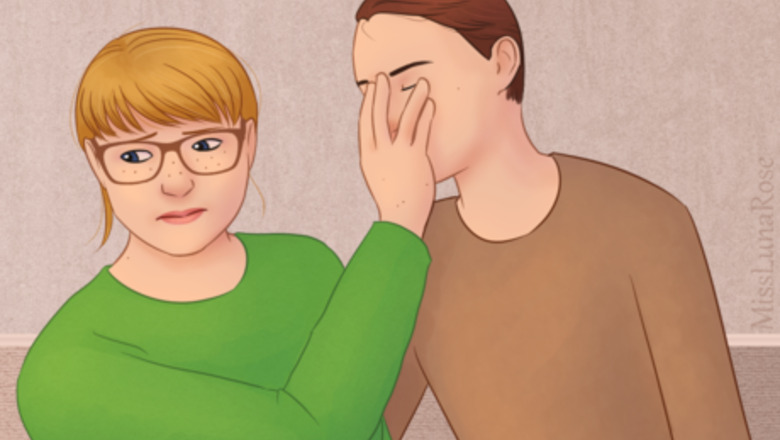
views
Understanding the Issue
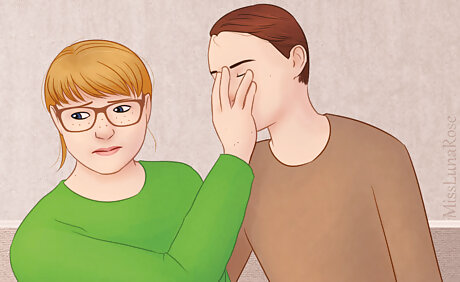
Understand what a dismissive-avoidant attachment style means. There are two types of avoidant attachment styles: dismissive-avoidant and anxious-avoidant. Avoidant attachment styles often develop based on unhealthy family dynamics in childhood. People with a dismissive-avoidant attachment style may: Have had unavailable or unresponsive parent(s) Be highly independent Seek out isolation Stay emotionally distant Act friendly during social gatherings, but avoid closer relationships Keep strict boundaries Struggle to open up to people Use hints, complaints, or sulking to try to communicate feelings Become very upset when slighted Want relationships, but become uncomfortable when things become more intimate Get nervous when someone shows affection or vulnerability Rationalize anxiety related to intimacy as "the other person is irritating/clingy/dramatic" Get overwhelmed and push a loving person away Feel conflicted about close relationshipsDid You Know? Not all people with this attachment style are constantly cold and unavailable. They may be warm or charming at times, while avoiding emotional intimacy.
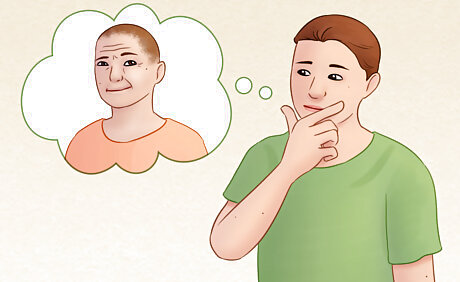
Recognize that an unhealthy attachment style doesn't have to be lifelong. While childhood experiences can shape a person, you continue shaping yourself for the rest of your life. You can learn new skills and healthier coping mechanisms.
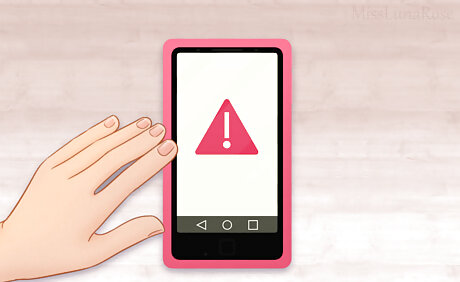
Avoid pseudoscientific sources of information. While the existence of unhealthy attachment styles has been scientifically documented, there is also plenty of pseudoscience that may fool you into wasting time or money. Make sure you're using credible sources. An untrustworthy source might: Offer dire predictions Promote pseudoscientific therapies such as rebirthing and holding therapy (also called "rage reduction" and the "Evergreen model")
Gaining Social Skills
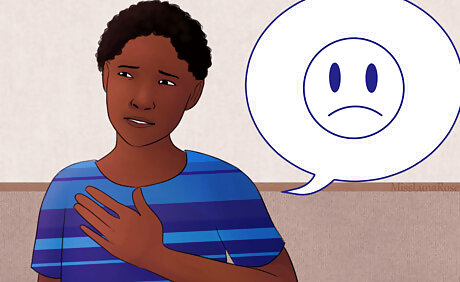
Share your thoughts and emotions when you feel the urge to stifle them. Try to remember that your default setting is to suppress your thoughts and feelings. If you feel the need to repress something, use that feeling as a prompt to share it with your partner instead. It can help to practice in a low-pressure scenario, like alone in front of a mirror or with your pet if you’re having a hard time putting your emotions into words. The more you do it, the easier it will become. For example, if you’re stressed out about work, your first instinct is probably to internalize it rather than lean on your partner for support. When your partner asks what’s bothering you, don’t deflect by saying, “I’m just tired." Try something like, “To be honest, things are a bit weird at work right now and I'm worried about it. I’m working on a big project that isn’t going well." Use "I" phrasing, like saying "I'm worried" or "I'm tired."
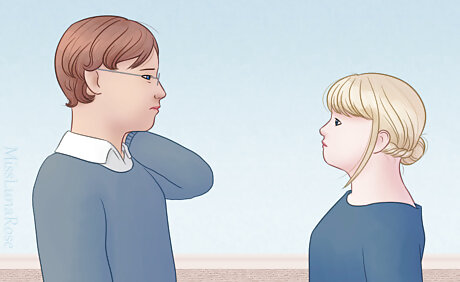
Do your best to resolve conflicts directly and quickly. If you disagree with someone, your instinct may be to give them the silent treatment for a few days until it blows over. You may also pretend that the conflict doesn’t bother you when in reality, it does. Over time, minor unresolved conflicts can build into long-standing resentments that are hard to overcome. It’s difficult to create true intimacy when anger, hurt, and resentment are present. For example, if you’re still bothered by an older conflict, tell the person that. You might say, “The argument we had last month about creating a college fund for the kids is still bothering me. Can we talk about it?” If you’re in the heat of an argument, stop and take a few deep breaths. Then, say something like, “What can we do to resolve this problem? I don’t want it to fester.”
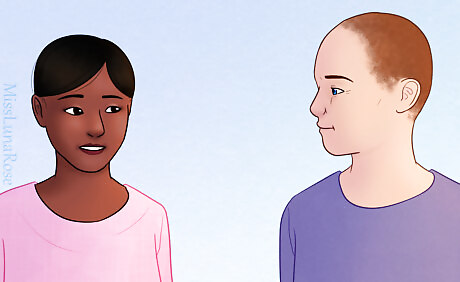
Ask people about their feelings and truly listen to their response. Dismissive avoidant personalities tend to be inaccurate when it comes to guessing what their partners are thinking and feeling. Ask your loved ones to explain their thoughts and emotions to you—don't guess. Listen closely and respond with follow up questions so your partner feels heard and understood. For example, you may assume that your partner thinks Valentine's Day is silly because that’s how you feel. Ask something like, “I ignore Valentine’s Day every year because I think it's unimportant. I’ve always assumed you felt the same way, but I’ve never asked you. Does it bother you that we don’t celebrate it?” Paraphrase their response to show them that you’re listening and get clarification if you need it.

Validate someone's feelings when they get emotional. Strong displays of emotion may be unnerving to you if you have a dismissive avoidant attachment style. It can help to have a plan of what to do. Validating feelings helps a person process them and may help them calm down too. Here are examples of helpful things you can say to an emotional person: "It's okay to be sad. I know this is important to you." "I can see you're really frustrated about this. It's a tough situation." "It sounds like you're having a hard time." "Wow, you're really excited! Well, I'm happy for you!"
Building Intimacy in Romantic Relationships
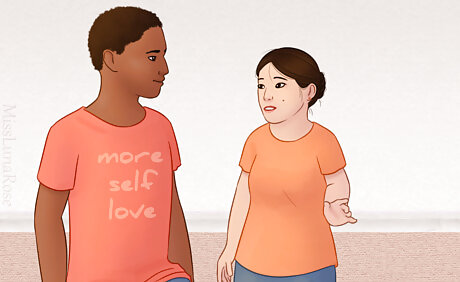
Tell your partner that you’re struggling with expressing your emotions. Being open is one of the hardest things for a dismissive avoidant to do because it leaves you feeling vulnerable and exposed. It can help to tell your partner what you're going through. Let them know that you want to leave that part of yourself behind and ask them to be patient as you work through it. For example, you might say, “I know that I can be closed off sometimes and I really want to change that about myself. Can you be patient with me as I learn to let my guard down and get better at sharing my feelings?” You could also say, “In the past, I’ve had a tendency to hide my thoughts and feelings from my partners and I don’t want to do that with you. I want you to know that I’m trying hard not to repeat those patterns.” Framing the issue as a project can be a good first step for dismissive avoidants. It allows you to take charge of the problem and retain a sense of control.
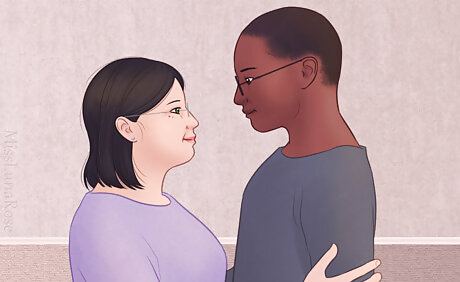
Find ways to show your affection for your partner each day. Try thinking of love like an action instead of a feeling. Every day, do a loving action at least once. (It doesn't have to be huge.) Here are examples of things you can do: Make time to do something enjoyable with them. Surprise them with something nice. Do something for them. Give a small gift (even if it's just a flower you picked from the roadside). Write them a nice note, email, or text. Compliment them. Say "I love you."
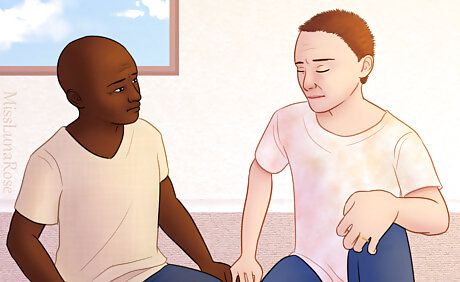
Try couples therapy if you can’t fix intimacy issues on your own. Getting outside help to solve a problem can be challenging if you have a dismissive avoidant attachment style. Try to see past that! A therapist can help resolve communication issues and help you get more comfortable with expressing your feelings. Many therapists incorporate intimacy-building exercises that can be very helpful for couples. Plus, your partner will appreciate your desire to face the issue. For example, you might say to your partner, “I’ve been thinking about making an appointment with a couples counselor. I want to be a more emotionally available partner for you. What do you think?”
Limiting Distancing Behaviors
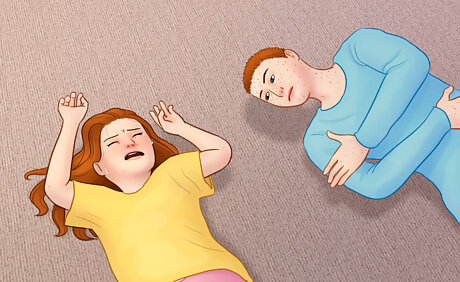
Refuse to let yourself shut down when someone expresses their emotions. Dismissive avoidant personalities tend to view emotions as weaknesses. When someone in your life tells you how they feel about something or gets emotional around you, you might find it distasteful and shut down automatically as a response to their distress. Try to catch yourself doing this and work on addressing their emotions more directly. For example, imagine that you walk into a room to find your girlfriend crying. Your first instinct is probably to back slowly out of the room before she notices you. Instead, face her and ask her what’s wrong. Remind yourself that other people's emotions have value and deserve attention. Even just sitting quietly next to them and offering a tissue if needed can be a way to show that you care and you're here for them.
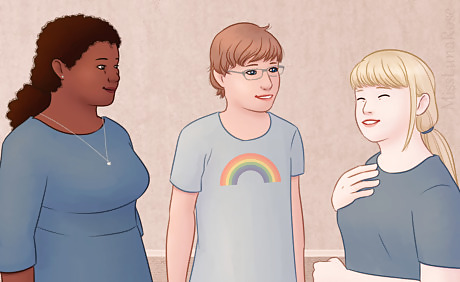
Look for activities or projects that require you to collaborate with others. You may find it hard to give up autonomy. You don’t like relying on others when you can do something yourself, and you probably feel like other people slow you down. Learning how to share control is a good skill. Try to seek out projects and activities that force you to work with other people. Try to open yourself up to the idea of collaboration and find value in it. For example, pick up a project at work that requires you to work closely with at least one other person on a daily basis. Activities like team sports can be a low-key way of addressing the issue. You may be surprised to learn that avoiding collaboration is usually a defense mechanism rooted in social anxiety and fear of rejection. This can be uncomfortable, but look deep down and try to pinpoint why you avoid it.
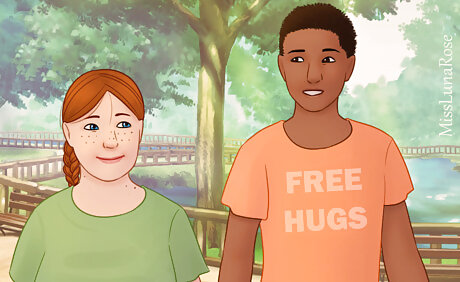
Cultivate new friendships and put more effort into existing ones. Most dismissive avoidant personalities prioritize their jobs, projects, and hobbies over personal relationships, including close friendships. You may have plenty of acquaintances but few or no close relationships in your life. Reach out to your current friends and ask how they’re doing. Meet up for coffee and catch up on each other’s lives! Then, consider how you feel afterward. Do you feel happy or burdened by the encounter? If you don’t have anyone to call up, try to make some new friends. You can meet new people by joining a club or sports team, taking a community college class, or volunteering at a local charity or animal shelter. If you’re shy, you might find it easier to build relationships with people online via social media, specialized communities, and message boards. These relationships can be just as important and fulfilling as traditional friendships.

Say yes when other people invite you to do things. When people attempt to hang out with you, your first instinct is probably to be noncommittal and aloof. You may find yourself saying “maybe” to a lot of invitations and turning others down outright. This can turn into a cycle of self-isolation that is hard to break. Try to accept most invitations that are extended to you and see what happens. You will probably find yourself enjoying most outings a lot more than you thought you would. If you don't, think about why that might be. For example, did you feel uncomfortable because there were a lot of strangers? Next time, try low-key activities like going to the movies or dinner with a small group. If you felt awkward because the outing was too intimate, you may enjoy lighter activities like dinner parties or hitting a concert with a bigger group.
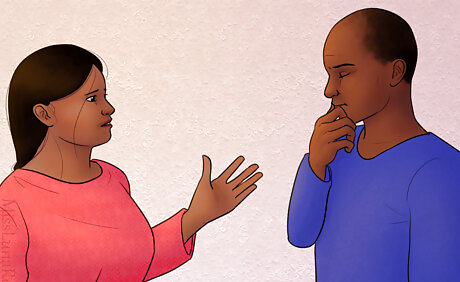
Explore the root of your distancing behaviors with a therapist. Most people develop dismissive avoidant tendencies because of things that have happened to them in the past. The tendency might stem from a specific childhood trauma or be a result of how your parents or caretaker treated you when you were growing up. Solo therapy is a good way to dig a little deeper and uncover the source of your avoidant personality. Once you know the cause, overcoming it may be easier. Try to find a therapist that specializes in attachment theory so you can tackle the issue directly.




















Comments
0 comment